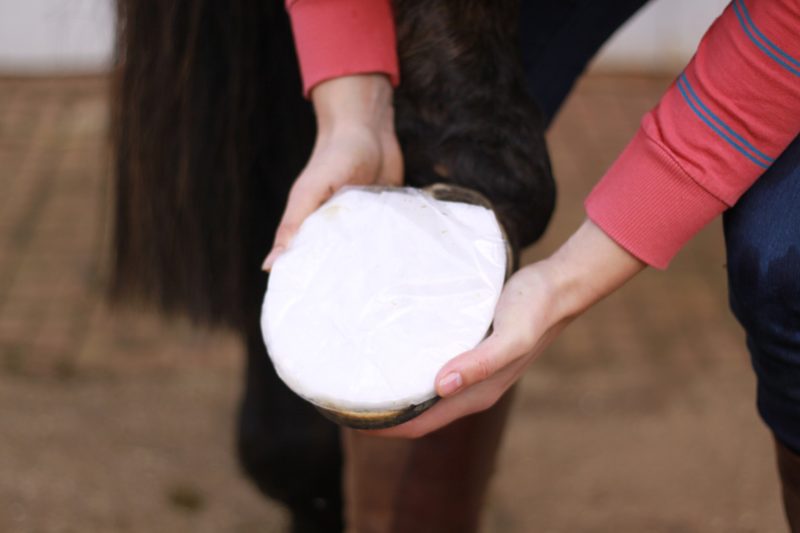3 ways to create a poultice
Table of Contents
Table of Contents
A poultice is an age-old remedy for drawing out pus in wounds. It is a simple, natural, and effective way to help promote healing and reduce inflammation. This post will cover everything you need to know about how to make a poultice to draw out pus.
Pain Points Related to How to Make a Poultice to Draw Out Pus
Dealing with pus in wounds can be uncomfortable and sometimes painful. Pus is a sign of inflammation, and if left untreated, can cause further infection and lead to more serious health issues. While a poultice may not be a cure-all, it can help draw out pus and promote faster healing.
Answering the Target of How to Make a Poultice to Draw Out Pus
The first step in making a poultice is selecting the right ingredients. While many different herbs and substances can be used in poultices, some of the most commonly used include activated charcoal, kaolin clay, Epsom salt, and flaxseed meal. These ingredients work by absorbing moisture and drawing out toxins.
Once you have your ingredients, simply mix them with warm water to make a paste. Spread the paste over a clean cloth, and apply the poultice to the affected area. Cover the poultice with a bandage or gauze to keep it in place, and leave it on for several hours or overnight.
Summary of the Article’s Main Points
In summary, making a poultice to draw out pus is an effective and natural way to help promote healing and reduce inflammation. By selecting the right ingredients and following these simple steps, you can create a poultice that will help draw out toxins and promote faster healing.
How to Make a Poultice to Draw Out Pus: Personal Experience
When my daughter had a small wound that became infected, I decided to try making a poultice to draw out the pus. I used activated charcoal, flaxseed meal, and warm water to create the paste, which I then placed on a clean cloth and applied to her wound. After only a few hours, the pus had been drawn out, and her wound was healing much faster.
To make your own poultice, simply mix your ingredients and apply the paste to the affected area. Be sure to cover the poultice with a bandage or gauze to keep it in place, and change the poultice frequently to help draw out more toxins.
How to Make a Poultice to Draw Out Pus in More Detail
Kaolin clay is a popular ingredient in poultices because it has a high absorption rate and can help draw out impurities in the skin. Epsom salt is also known for its detoxifying properties and can help reduce inflammation in the affected area. Flaxseed meal is rich in antioxidants and anti-inflammatory compounds, which can help promote healing.
When creating your poultice, it is important to use warm water to help activate the ingredients and make the paste. You can also add a few drops of essential oils like lavender or tea tree oil for added antibacterial and anti-inflammatory benefits.
How to Apply a Poultice Properly
When you have created your poultice paste, apply it to a clean cloth and place it directly on the affected area. Cover the poultice with gauze or a bandage to hold it in place, and leave it on for several hours or overnight. You may need to change the poultice frequently to help draw out more toxins.
How to Make a Poultice to Draw Out Pus: Personal Experience 2
My grandmother always used poultices to draw out infections and promote healing. She would mix up a paste of activated charcoal and honey and apply it directly to the affected area. Within a few hours, the poultice would work its magic and draw out the infection, leaving the wound clean and free from pus.
Making a poultice is a simple and effective way to help promote healing and reduce inflammation. Whether you use kaolin clay, Epsom salt, or flaxseed meal, the key is to find the right combination of ingredients that work for you.
Question and Answer Section About How to Make a Poultice to Draw Out Pus
Q: How often should I change my poultice?
A: You should change your poultice at least once a day, or more frequently if it becomes wet or dirty.
Q: Can poultices be used on deep wounds?
A: Poultices are best suited for shallow wounds and superficial infections. If you have a deep wound, you should seek medical advice.
Q: Are there any side effects to using poultices?
A: While poultices are generally safe, some people may experience skin irritation or an allergic reaction to the ingredients. If you experience any unusual symptoms, stop using the poultice immediately and seek medical advice.
Q: Can poultices be used on animals?
A: Yes, poultices can be used on animals to help draw out infections and reduce inflammation. However, you should always consult with a veterinarian before using any home remedies on your pets.
Conclusion of How to Make a Poultice to Draw Out Pus
Making a poultice to draw out pus is a simple and effective way to help promote healing and reduce inflammation in wound care. By following these simple steps and using the right ingredients, you can create a natural remedy that will help draw out toxins, reduce inflammation, and promote faster healing.
Gallery
Hoof Abscess: Step By Step Guide On How To Poultice – Everything Horse

Photo Credit by: bing.com / poultice hoof infection draw hot abscess step help guide apply wet clean keep area any abscesses
3 Ways To Create A Poultice - WikiHow

Photo Credit by: bing.com / poultice wikihow
Basic Poultice - YouTube

Photo Credit by: bing.com / poultice
How To Make A Poultice With Herbs - Joybilee® Farm | DIY | Herbs

Photo Credit by: bing.com / poultice herbs swelling reduce injury immediately stings pain seen hard ve site find so
How To Make A Bread Poultice | EHow | Home Remedy For Boils, Homemade

Photo Credit by: bing.com / poultice bread make draw boils ehow boil remedies infections fashioned old remedy health




